A slower release from lockdown and the worrying cost-of-living crisis has caused shoppers to shun retailers on the Aberdeen high street, new figures have found.
Aberdeen has faced the same struggle as other cities in Scotland where recovery from the effects of the pandemic has been slower than in other parts of the UK.
Scotland’s shopper footfall growth has been ranked the worst in the UK compared with pre-pandemic levels, according to figures released by the Scottish Retail Consortium (SRC).
David Lonsdale, director at the Scottish Retail Consortium, said that on top of the pandemic’s impact on retail, ScotRail cancellations and the cost-of-living crisis are likely to be responsible for the lack of shoppers.
Alongside a number independent and chain stores that have closed, shoppers in the Granite city have also suffered the collapse of BHS and Debenhams, the permanent closure of John Lewis, and now a question mark hangs over Marks and Spencer.
Reasons to be more cheerful
However, both the SRC and Adrian Watson, the chief executive of city centre improvement organisation, Aberdeen Inspired, said shopper activity is on the increase, with some retailers enjoying a Platinum Jubilee boom in sales.
Workers returning to offices are also driving footfall, Mr Watson said.
“Aberdeen is generally in line with the wider Scottish context, but there are recent signs of improvement and a sense that there is a gradual shift towards office workers returning, which is so important to the economic health of our city centre,” said Mr Watson.
“There is broad agreement that the more cautious approach to the lifting of restrictions north of the border is still playing through on figures in comparison with other parts of the UK.
“However, what has been identified is that shoppers may be making slightly less visits to our city centre compared to pre-pandemic levels, but they come with a purpose and the spend per-visit is now higher.
Retailers are optimistic in Aberdeen that, complemented by a diverse hospitality and cultural offering, footfall figures will continue to show improvement.”
Adrian Watson, CEO, Aberdeen Inspired
“Of course, the current cost of living crisis will inevitably have consequences for many, but retailers are optimistic in Aberdeen that, complemented by a diverse hospitality and cultural offering, footfall figures will continue to show improvement across the board.”
His views chime with Craig McLaughlin, owner of independent men’s fashion store, Attic.
The business has been providing cutting edge clothing and accessories brands at its shop for over twenty years and is one of the last retailers still operating in the Academy on Belmont Street.
In line with the SRC findings, he said trade was still slow since lockdown although his regular shoppers had returned.
However the issue with low footfall has only impacted his Aberdeen city centre site.
Aberdeen city centre needs more ‘meat on the bone’
His other retail operation in Inverurie is doing so well, Mr McLaughlin is opening up in larger premises in a former Post Office in the town on Tuesday.
He believes one of the factors affecting footfall in Aberdeen is that shoppers are staying local because there’s no longer enough of a retail offer to draw them in to the city.
“The biggest problem in Aberdeen is the lack of stores in the city centre – the city needs more content to get back to where it needs to be.
“Getting people to come into the city for a day’s shopping is harder because there’s not enough meat on the bones.
“Why commute 45 minutes, pay £15 to park when there’s not really enough shops for a day’s shopping – there’s maybe half a day.”
However, things are starting to look up he said.
The mall in which he operates is attracting new tenants, including a recently announced plan for a Turkish diner.
Nuart and UTG will draw them back?
He said he has seen an uptick in shoppers this week around the Jubilee and that events like Spectra and Nuart, the popular annual street art event which is launching Thursday, are also beneficial.
Mr McLaughlin said events like these as well as the long-delayed opening of Union Terrace Gardens will help retailers.
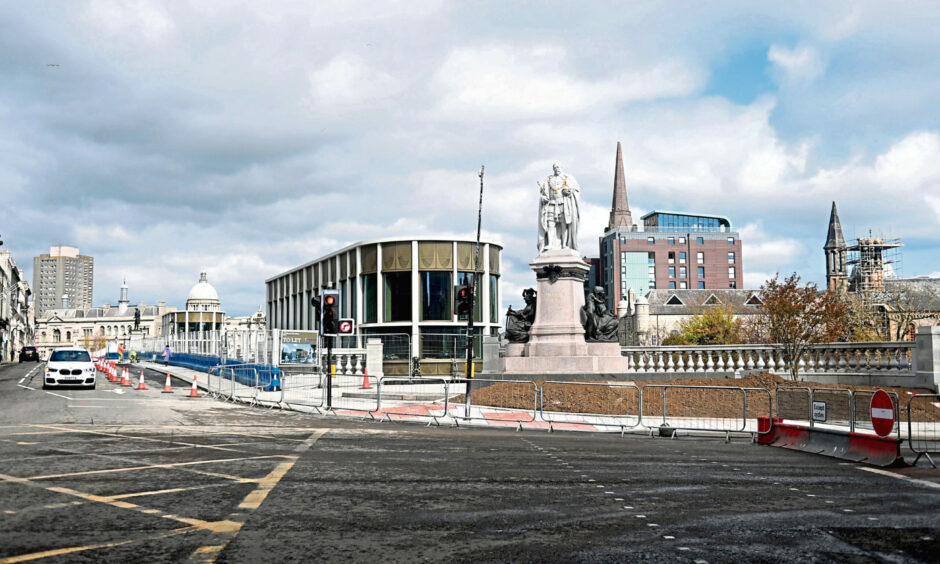
“It has been very good this week,” he said. “Any time there is something on it’s good – May Day weekend, Jubilee weekend, Spectra – any thing that there’s a reason to come to the city centre for.
“When Union Terrace gardens open I think it will help. It’s a focal point and people will want to come in and see it.”
What did the SRC find?
Scottish footfall decreased by 16.4% in May compared with 2019 levels, according to SRC and footfall monitor specialist, Sensormatics.
And while footfall across the UK has worsened from levels seen before the pandemic, Scotland’s score is worse than the UK average decline of 12.5%.
SRC director David Lonsdale said: “Scotland’s fitful footfall slipped back in May compared to the same period prior to the pandemic.
“This left Scotland languishing at the bottom of the UK league table for visits to stores, and still well below the same period prior to the onset of Covid.
“The figures weakened during the latter part of the month, perhaps derailed somewhat by the train drivers’ dispute.
“However the performance wasn’t uniform across all retail destinations. Visits to shopping centres improved slightly.
“Hopefully, this dip in foot-traffic will prove temporary although concerns over the economic outlook, rising cost of living and continued absence of some commuters remain.
“Meanwhile, there remains a question mark over the government’s mooted return to city centres visitor campaign and the cash disbursed to local councils recently to aid city centre recovery and whether they are having much impact on generating the footfall that is so urgently needed.”
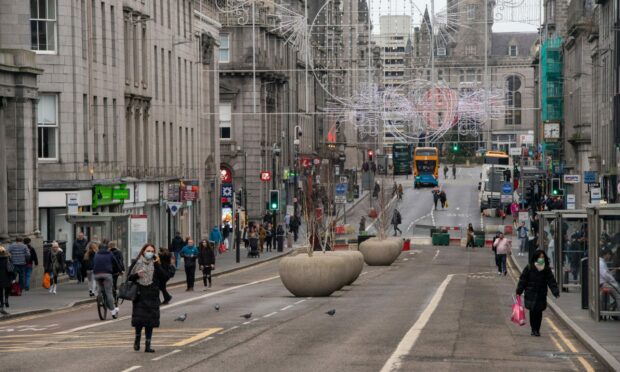
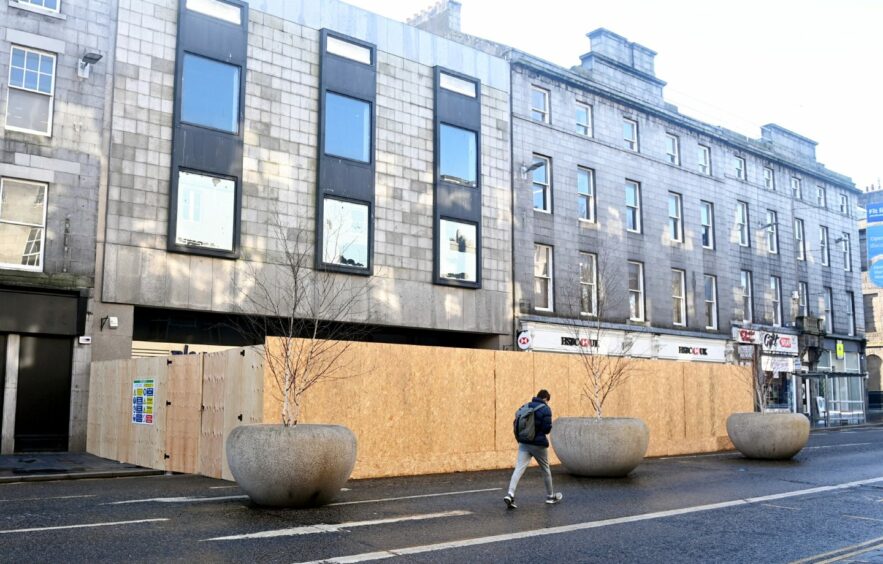
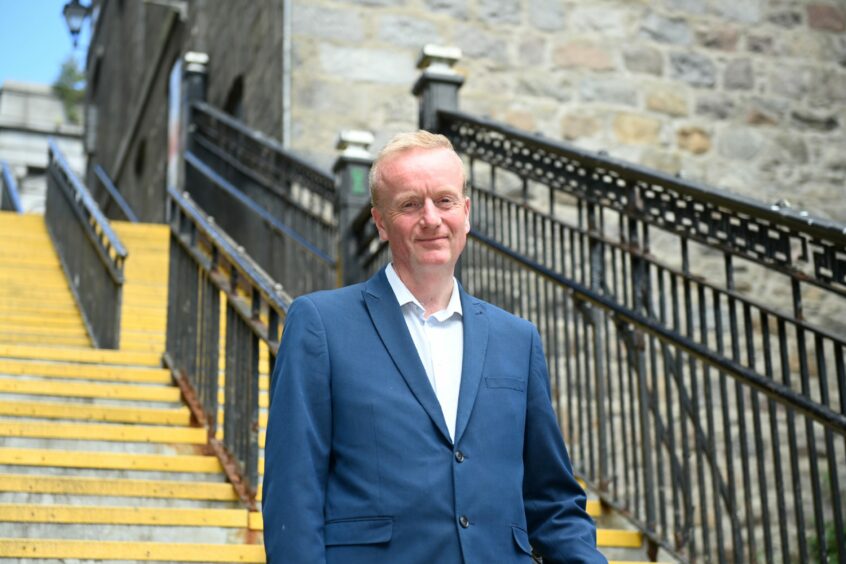
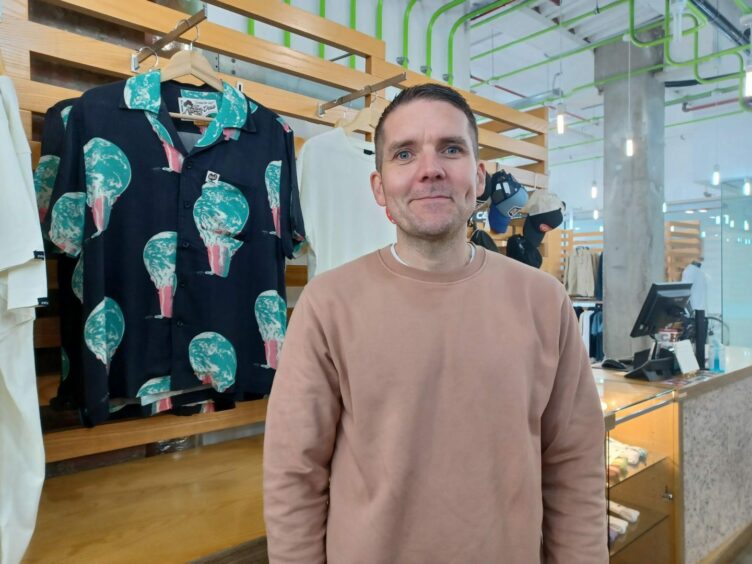
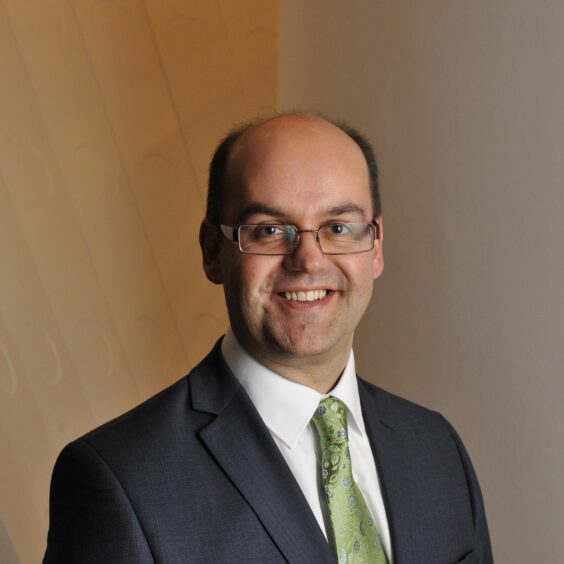










Conversation